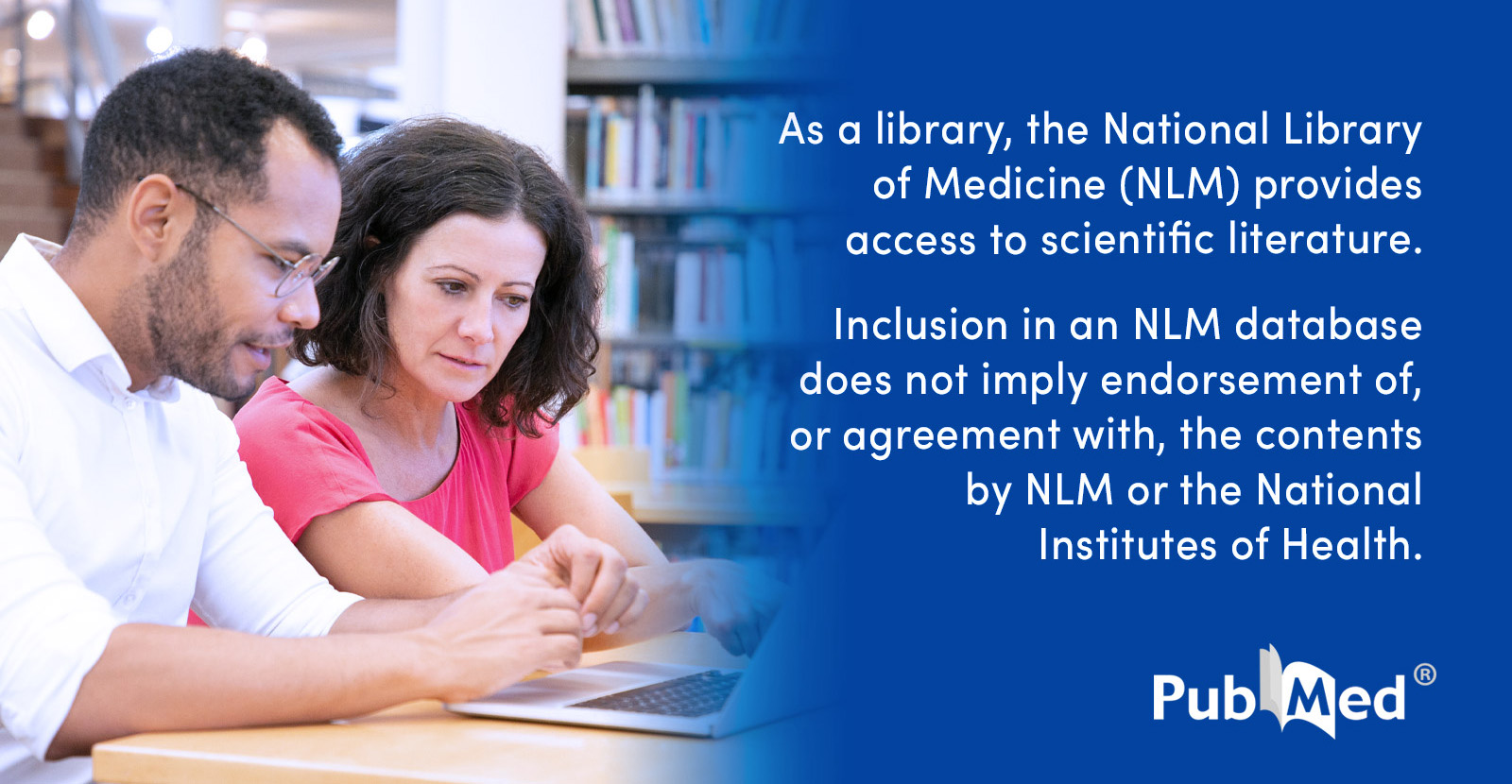- Joined
- May 27, 2020
- Messages
- 32,208
Has anyone heard of this stuff Akuamma? Seems to have hit the market only recently. Apparently it is related to kratom and has a similar buzz to a relaxing red strain. I might try this stuff out.
"Akuammine (vincamajoridine[2]) is an indole alkaloid. It is the most abundant alkaloid found in the seeds from the tree Picralima nitida,[3] commonly known as akuamma, comprising 0.56% of the dried powder. It has also been isolated from Vinca major.[2] Akuammine is structurally related to both yohimbine, mitragynine and more distantly Voacangine, all of which are alkaloid plant products with pharmacological properties.
Pharmacology
Akuammine has antimalarial activity,[3] and may be the primary constituent of P. nitida seeds responsible for this activity.[4]
Akuammine is an opioid antagonist"
Curiously, it's an opioid antagonist? Maybe it's one of the other alkaloids that does it?
"Akuammine (vincamajoridine[2]) is an indole alkaloid. It is the most abundant alkaloid found in the seeds from the tree Picralima nitida,[3] commonly known as akuamma, comprising 0.56% of the dried powder. It has also been isolated from Vinca major.[2] Akuammine is structurally related to both yohimbine, mitragynine and more distantly Voacangine, all of which are alkaloid plant products with pharmacological properties.
Pharmacology
Akuammine has antimalarial activity,[3] and may be the primary constituent of P. nitida seeds responsible for this activity.[4]
Akuammine is an opioid antagonist"
Curiously, it's an opioid antagonist? Maybe it's one of the other alkaloids that does it?



